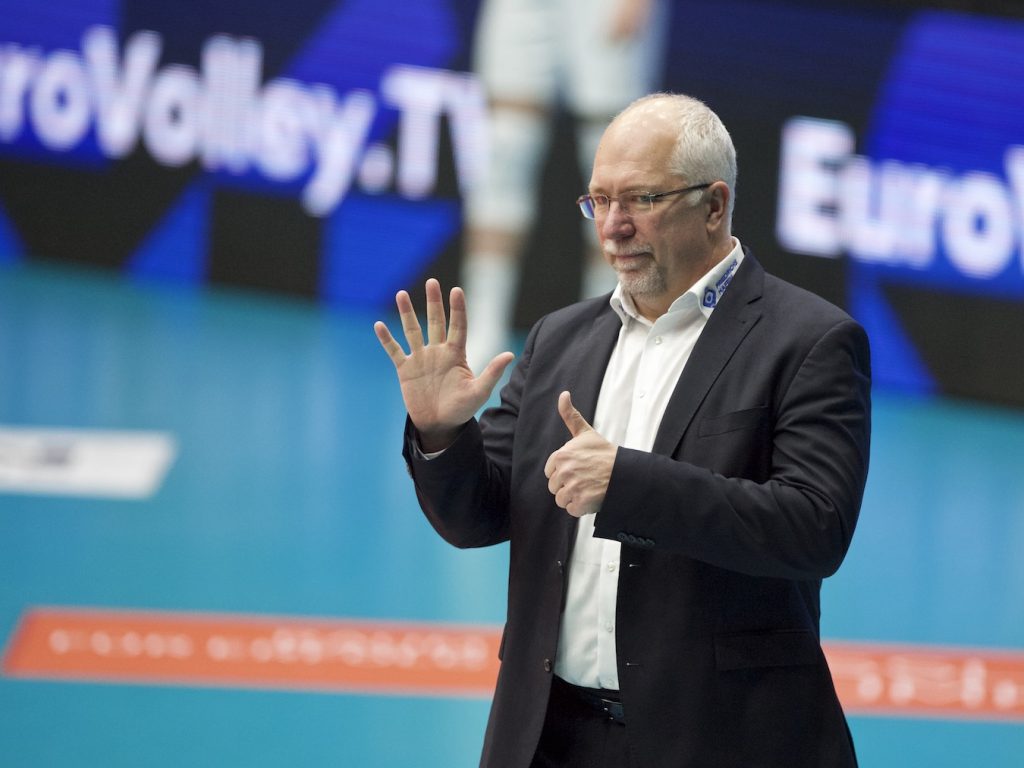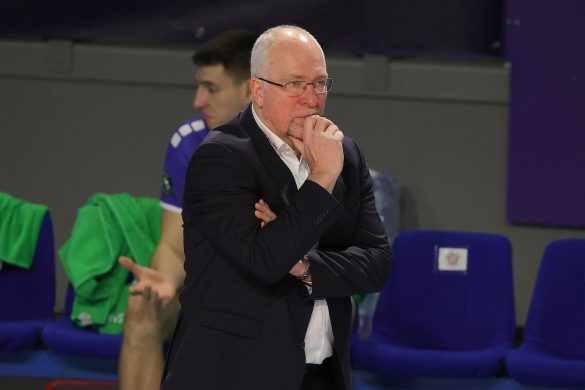As we know from dozens of reports and studies, passing / receiving from the midline of the body is the most successful technique for reception. To pass on the left of the body is the next most successful technique. And to pass on the right of the body should be avoided at all costs. The conventional wisdom is clear; pass on the midline whenever possible and on the left if it isn’t possible to pass on the midline.

As you may or may not be aware, I am not a huge fan of conventional wisdom. And I am also wary of analytics. So I keep pondering, sometimes consciously and sometimes just percolating in the background. With that I have come up with two thoughts on the topic.
As far as I know, every study done, at every level, has come to the same conclusion about midline passing. It is clearly, significantly, and over time the best position to pass from. Correlation = causality, and so receivers are taught to pass from the their midline, whenever possible. Let’s take a step back. Which kind of serves are most likely to be passed from the midline? I think you will agree the answer is serves that go directly to the receivers. By definition, the easiest serves are the ones that go directly to where the receiver is standing, that do not make the receiver move. And the further the serve is from the receiver, by definition the more difficult is the serve, and the more likely it is to be received outside the the body. So we can now reinterpret our original finding by saying that easy serves are received more successfully than difficult serves. Interpreted this way, the analytics provide us with no information about how we should receive.
As mentioned, one consequence of the ‘midline = best’ finding, is that receivers are taught to pass from the midline whenever possible and as a logical extension, to get behind the ball at every opportunity. This oftens leads to the following scenario, one that you will see at every match you watch.
So what just happened? The receiver moved early and decisively to his left, to receive a ball that was obviously going to his left but close to his body. The goal was to pass on his midline. Too late he discovered that while he could get his midline behind the ball (ie his initial technical cue), he could not get his midline behind and ball AND play it. By then, it was too late to do anything except get hit and concede the point*. To successfully play this ball, the receiver’s first movement needed to be to the right, so that he could pass from his left.
The platform is an extension of the body and functions best when there is a distance between the platform and the body. Indeed ‘keep your platform away from your body’ is a common instruction. The platform can be thought of as an extension of the body in the same way that a tennis racquet is an extension of the body of a tennis player. In a same situation, a tennis player would move to the right to play the easy backhand, or a long way to the left to play the more difficult forehand. Because they understand that the racquet is an extension of the body, it would never cross their mind to get behind the ball.
To return to the video, the passing error was a consequence of a developed mindset to pass from the midline. Which in itself is a consequence of a particular interpretation of data. Solution? Pass like a tennis player**.
*For the record, this is recorded as a pass on the left, therefore reinforcing the mid v left v right data.
**For the record, I don’t think this literally. For example an easy serve (ie to the midline) is still the best outcome for the passer.
***I could reframe parts of this as ‘The Pythagorean Solution – Pass Outside the Body’
About Mark Lebedew:

Mark Lebedew authors the At Home on the Court Blog. He coaches professionally in Poland, from january 2021 with eWinner Gwardia Wrocław, in season 2019/20 with Aluron Virtu CMC Warta Zawiercie and in the period 2015-2018 with KS Jastrzębski Węgiel. That follows five seasons Germany where his Berlin Recycling Volleys won three straight league titles and a CEV Champions League bronze medal. He has prior professional experience in Belgium and Italy. Mark was also Head Coach for the Australian Men’s National Team. From 2021/2022 leads VfB Friedrichshafen, while in 2022 he led the Slovenian national team during the Volleyball Nations League.
Mark partnered with his brother and father to translate and publish “My Profession: The Game“, the last book by legendary Russian coach, Vyacheslav Platonov.
With John Forman, he is behind the Volleyball Coaching Wizards project (link http://volleyballcoachingwizards.com/) which identifies great coaches from all levels, making their experience, insights, and expertise available to people all over the world. The project has produced multiple books, a in e-book format available here ( link to http://bit.ly/34yakou ) or at Amazon here (link https://amzn.to/2JRqTE6).
In 2021, he launched project Webinars and Presentations on Demand. If you are interested for coaching presentations and webinars available on demand, click here.